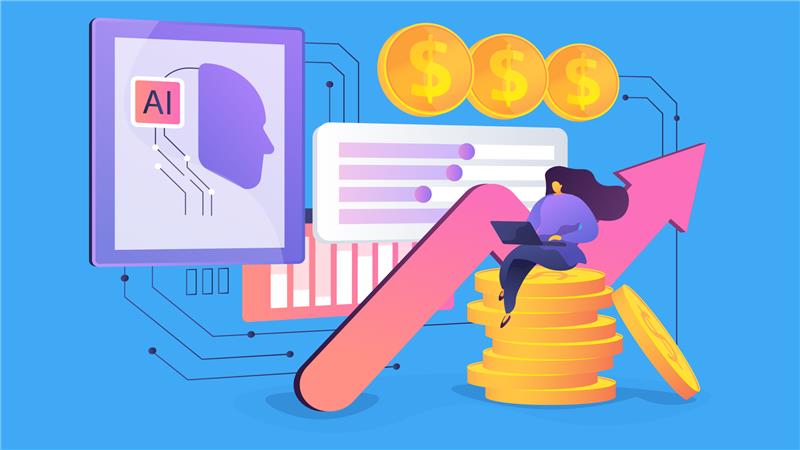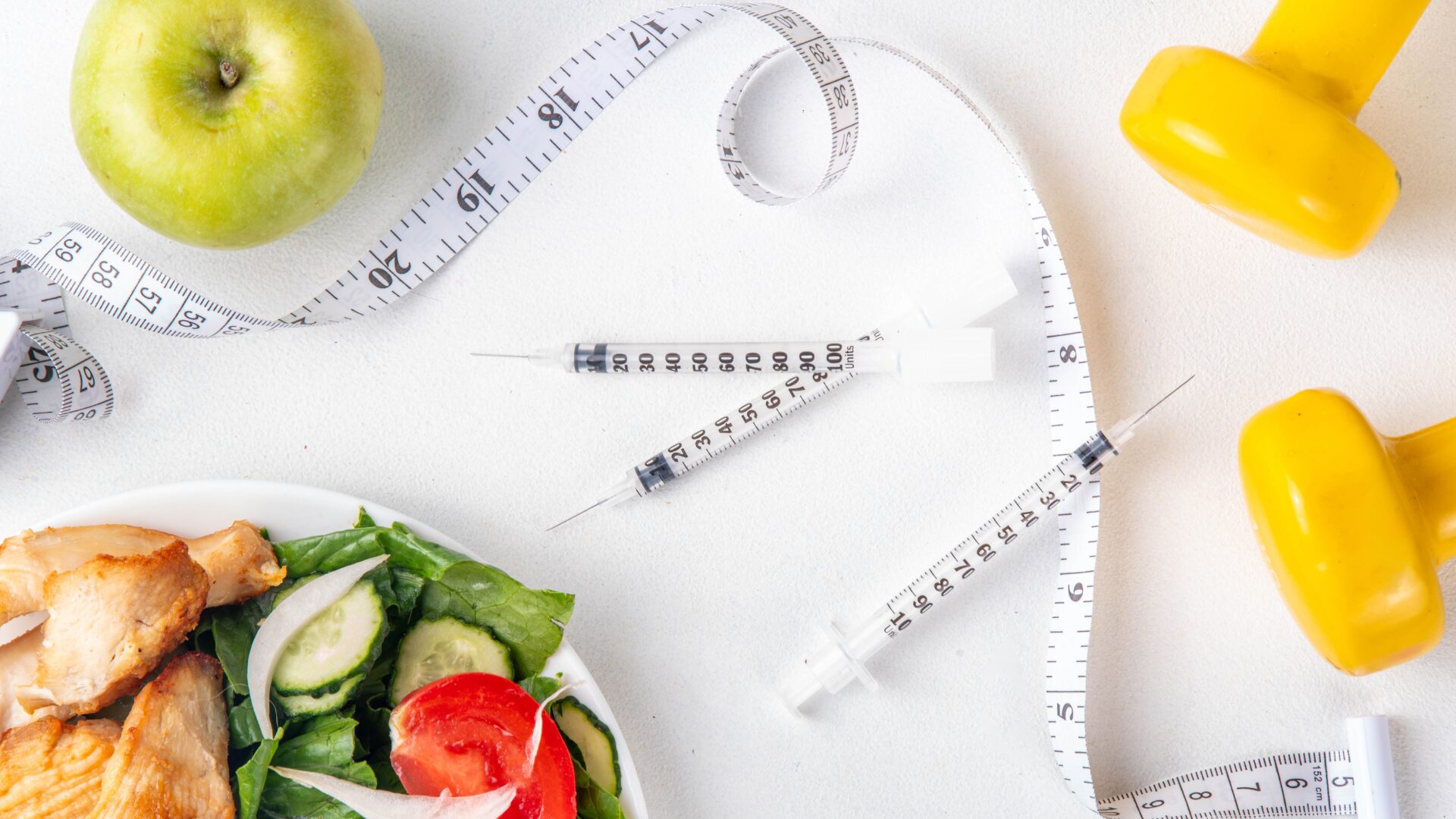While many food companies already had an eye on robotics and artificial intelligence (AI), the coronavirus is accelerating efforts to deploy the technology across the grocery retail industry.
Sanitation was an important aspect of any grocery retailer’s strategy prior to the coronavirus outbreak, but the pandemic is forcing a focus on the issue. However, as grocers are now dedicated to restocking shelves and hiring new associates, robots are filling a role: cleaning floors.
Brain Corp., the developer of a cloud-connected operating system for use in commercial autonomous robots, has established partnerships with major original equipment manufacturers in the industry, including Tennant, Minuteman, ICE, Karcher, Nilfisk, and SoftBank Robotics. Phil Duffy, VP of product management and marketing, said the software gives the robots the intelligence needed to perform their tasks without interrupting customers or store associates, reported Forbes (April 8).
The company reported an uptick in autonomous usage across its fleet, with daily average use up 13.6% in March when compared to the same month in the prior year. Additionally, average use was up a flat 13% in first quarter of 2020 as grocers and other essential retailers turned to the robots to enhance cleaning processes and efficiency. Walmart plans to deploy Brain Corp.’s self-driving robots in 1,860 of the retailer’s 4,700 U.S. stores by the end of the year. It will also use robots that can scan shelf inventory at 1,000 stores and robots at 1,700 stores that scan boxes as they come off delivery trucks, reported CNN Business (April 7).
Micro-Fulfillment Centers
An increase in demand for online grocery pickup and delivery orders is spurring grocery retailers to establish micro-fulfillment centers in their warehouses and stores. Albertsons is currently using robots to prepare customers’ orders at two stores, which is speeding up the picking process.
Stop & Shop, Albertsons, and other grocers say the micro-fulfillment centers are clearing the aisles of “employee-shoppers” to make room for customers in store. The robots push down the bottom line, as well.
Albertsons expanded its partnership in December 2019 with a developer of the technology, Takeoff Technologies. Takeoff reported double-digit demand increases from its mini-warehouses since the start of the coronavirus pandemic.
“Robots handle a majority of the legwork when fulfilling orders, meaning there is limited contact with grocery items,” said Jose Aguerrevere, CEO of Takeoff Technologies. The process is “well suited” for social distancing.
In an interview with Chain Store Age, Gartner VP and analyst Tom Enright explained how the micro-fulfillment model was a viable solution for retailers looking to expand their omnichannel capabilities, especially in the grocery sector.
“The grocery basket size presents greater opportunities for productivity improvement between humans and robotics compared to that which could be obtained in non-grocery orders,” he said. “Early evidence from grocery micro-fulfillment trials points to a 10-fold improvement in productivity, and it’s not possible to gain that level from the much smaller non-grocery basket contents.”
Other Robotic Tasks
Scrubbing floors isn’t the only task robots are undertaking during the pandemic. Robotic solutions like the autonomous shelf-scanning robot Tally can provide a real-time snapshot of current stocking issues during the outbreak. The robot can also help companies ease back into normal operations, reported Forbes (April 14).
Schnucks Markets is using Tally robots at a handful of stores to better inform employees of out-of-stocks and when products are inappropriately labeled. Simbe Robotics, which developed the robot, noted the rise in demand grocers are experiencing due to the pandemic can be managed by utilizing the robot to better coordinate where items need to be restocked.
Meanwhile, Broad Branch Market in Washington DC deployed a small fleet of 44-lb., six-wheel, self-driving robots for ferrying deliveries to customers in the area. The company, which closed its stores to shippers while pivoting to delivery and pick-up models, said the robots are popular with customers.
Duffy noted retailers will likely view robotics with a new lens when the U.S. emerges from the public health crisis. Instead of being viewed in an investment lens, many will view robotics and AI as integral to long-term success.
“I strongly believe that the current health crisis will accelerate the adoption of robots in retail,” said Steven Keith Platt, research director for the Retail Analytics Council and adjunct professor at Northwestern University. “Short term, this is to address health concerns” of workers and customers, he said. In the long term, robots in stores are expected to stock shelves and prepare food.
Turning to Alternative Payment, Checkout Options
The pandemic forced retailers to adopt additional contactless payments to stem the spread of the virus and meet the needs of consumers wanting to physically interact less with the world around them. Cashiers witnessed the advent of the self-checkout kiosk, a technology which will serve a more important role during the pandemic, and contactless checkout concepts like Amazon Go are expected to gain traction amid the pandemic, reported Seattle Times (April 12).
Human employees are still needed in both settings though. Self-checkout kiosks are typically fickle, and most stores assign a human associate to watch over the checkout area to assist those who need it. Human employees fill a similar role in contactless concepts to troubleshoot issues or provide support to customers.
The use of cash and even credit/debit cards is also ceding ground to alternative payment formats. Contactless payments could grab an additional 10% to 20% of transactions at stores and ATMs as a result of the pandemic, according to mobile-payment research firm Crone Consulting LLC, which noted person-to-person services like PayPal, Venmo, and Zelle could benefit as well, reported Seattle Times (April 19).
Strawhecker Group and the Electronic Transactions Association in April reported 27% of small businesses across the nation saw an increase in payments made via services like Apple Pay. Publix Super Markets said the pandemic sped up its deployment of contactless terminals to provide customers the option to use a service like Google Pay.
Future Economic Effects
The dynamic could depress job creation following the pandemic (see “Automation Speeds Up Job Loss Amid Pandemic”). Warnings against the job losses related to the rise of robotics and AI were issued shortly after the initial development of the respective technologies themselves, but stay-at-home orders are forcing businesses at large to find ways to remain profitable.
Robots could fill the particular needs stemming from the coronavirus pandemic and provide protection against subsequent waves of infections caused by the virus. Additionally, they could provide a level of insurance against new pandemic strains, natural disasters, or other circumstances that prevent human employees from reporting to work.
One of the most widely cited studies on the topic is a 2017 paper from Oxford University that tried to calculate automation in the next 15 years, reported MarketWatch (April 14). Johannes Moenius, PhD, a professor of global business and director of the Institute for Spatial Economic Analysis at the University of Redlands, used data from the report to refocus on effects of the coronavirus.
He stated that about 54% of all jobs in the U.S. are considered essential by Department of Homeland Security. Of those jobs, 67% were susceptible to automation. Low-wage jobs, including retail and warehouse, were the most at risk.









